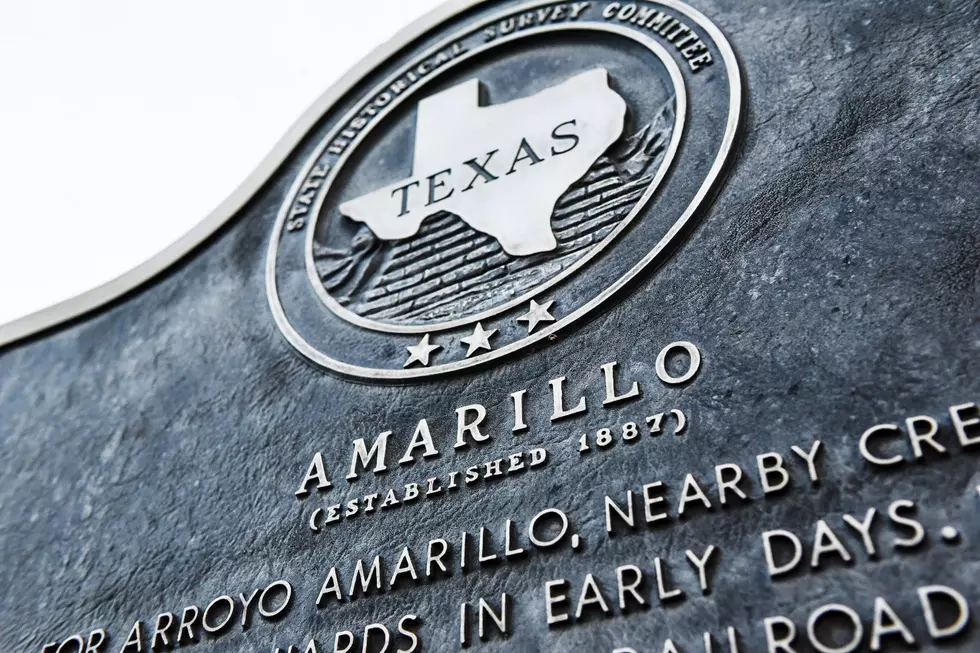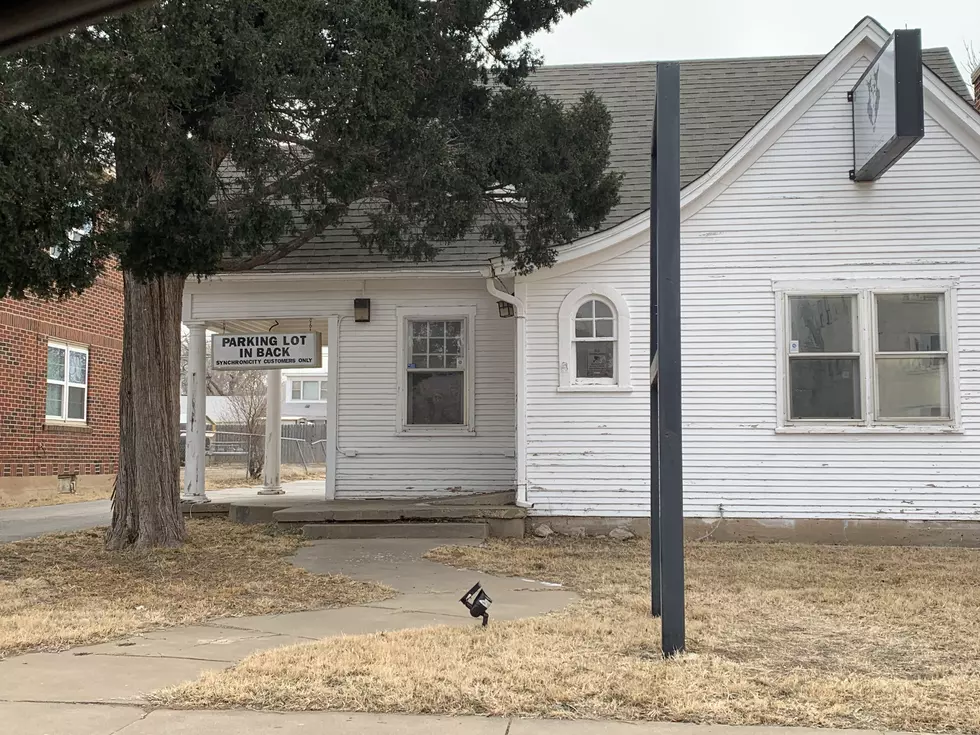
Fall Is Coming. What’s Amarillo Weather Going To Look Like?
I know the Farmer's Almanac is something some people swear by, but is it really that accurate?
With it being my first season change here in Amarillo, I wanted to look up what I could expect as we head from summer to fall.
The first thing I noticed was it doesn't necessarily give you what it's going to be dead on in Amarillo. No, they lump us in with what is called the "High Plains region". That stretches all the way north to Bismarck, North Dakota down to us here in Amarillo.
So, I quickly recognized I can't just look at what they expect for the region. It won't be the same here as in Bismarck.
However, there were some things I was able to pull out of it. At least now we can POSSIBLY start to plan for fall and what we need in that wardrobe.
According to the almanac, we're going to want to pull out those jackets and heavier clothing a bit earlier than usual. It's calling for September and October to have below-normal temps and we can expect more precipitation than usual.
Well September usually has temps in the low 80's and October they dip down to the lower 70's. In other words, are they telling us to expect October temps in September and November temps in October? If that's the case, it'll be one of the coldest baseball seasons my kids have played in. It also means I better see if any of my winter clothes I wore in Colorado 8 years ago still fit.
Or maybe it's an opportunity to do a little shopping. If the precipitation is supposed to be a bit higher than usual, I may need to invest in a rain jacket and boots. Definitely don't have those 2 things.
So whether or not you believe in the almighty almanac, it does appear we could be in for an interesting fall. Guess I'll just keep all my clothes out and go from there.
LOOK: The most expensive weather and climate disasters in recent decades
KEEP READING: Get answers to 51 of the most frequently asked weather questions...
More From 98.7 The Bomb
![[UPDATE] Massive Amarillo Street Pothole Already Has Improvements](http://townsquare.media/site/179/files/2024/04/attachment-IMG_3489.jpg?w=980&q=75)








